TL;DR
Looking for an Android-friendly tracking tag? The Motorola Moto Tag offers a familiar design and key features like a loud alert, proximity tracking, and even a remote camera shutter button. It ditches Apple's ecosystem exclusivity, integrates with Google's Find My Device network, and boasts a user-replaceable battery. While some advanced features are still in development, it presents a solid alternative for Android users. Ready to see if it’s the right fit for you? Read on for the full review!
Currently, several suppliers offer tracking tags – compact devices attachable to keys, children prone to wandering, or other frequently misplaced items.
These tags should not be confused with GPS trackers, as they rely on Bluetooth connectivity with nearby devices connected to a communication network, rather than satellites. Consequently, a tag lost deep in the woods and out of Bluetooth range will be undetectable unless another individual with a connected device passes by. In this review, we will examine the Motorola Moto Tag, an Android-compatible device. While many features mirror those of competitors, the Moto Tag also presents unique capabilities.
Not for Apple, but not just for Motorola owners either
Unlike, for example, Samsung’s Galaxy Smarttag 2, the Moto Tag is not exclusive to Motorola or Lenovo products, but can be used with any Android device. The Moto Tag integrates with Google’s Find My Device network and supports UWB (Ultra Wideband) technology. Although Find My Device has recently been enhanced, we have yet to confirm definitively whether UWB is currently utilized by the network.
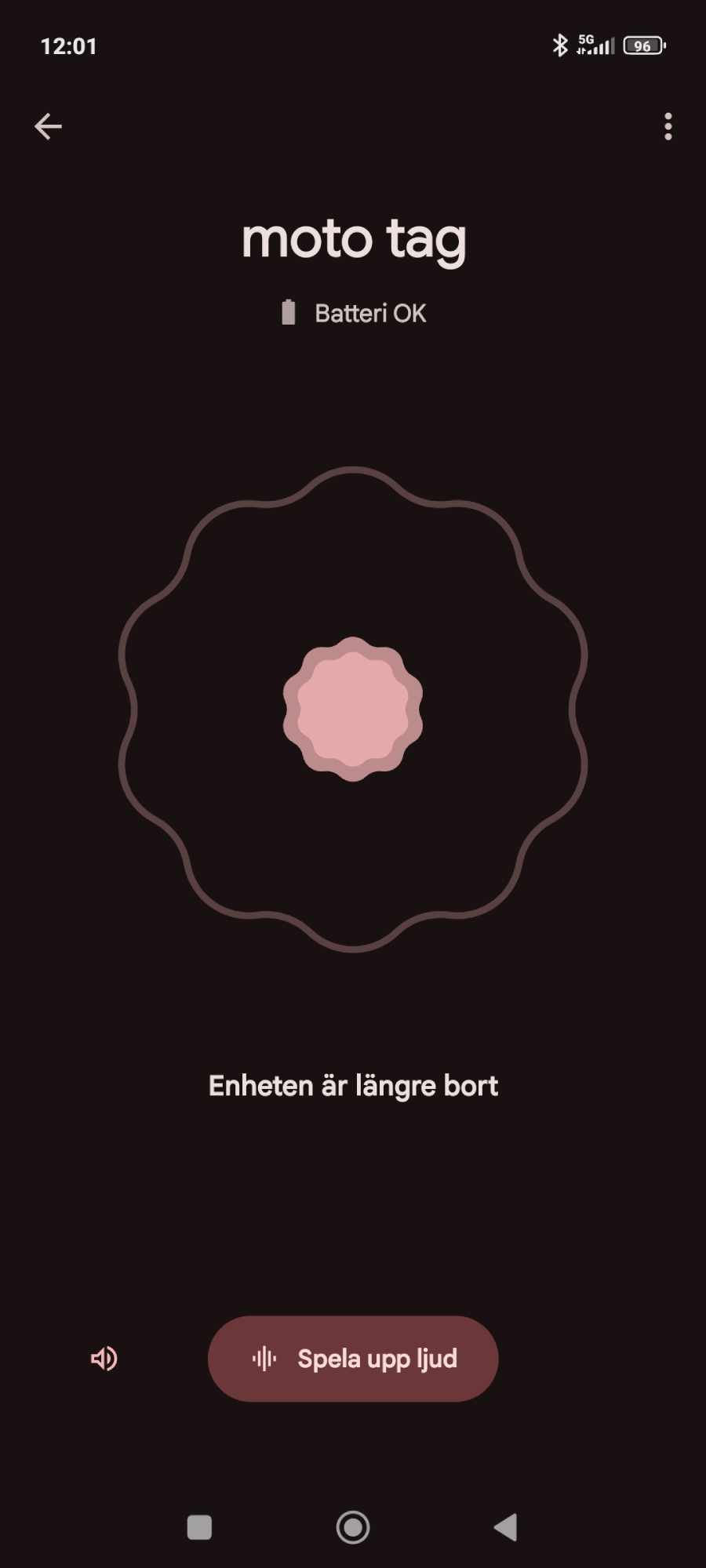
(Photo: Google FMD)
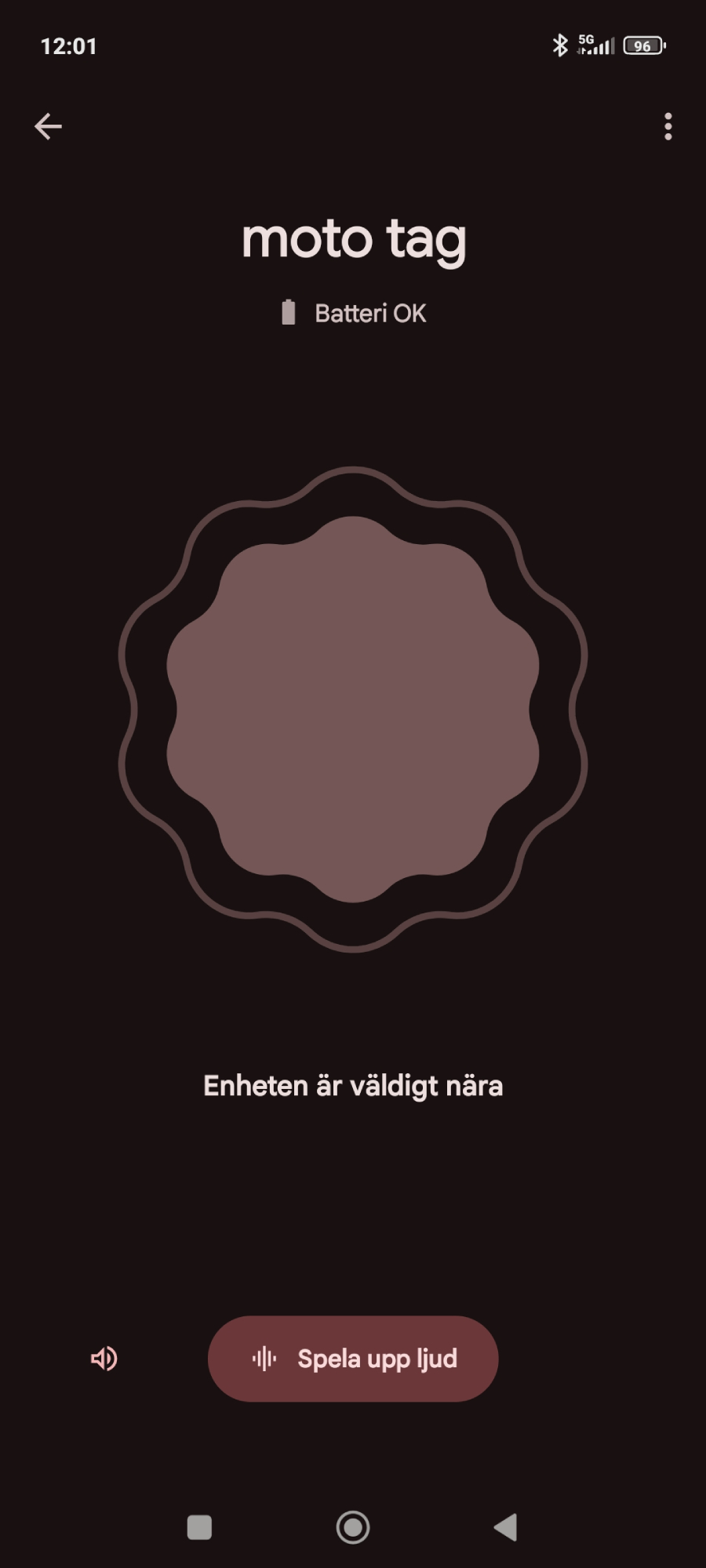
(Photo: Google FMD)

(Photo: Google FMD)
To contextualize the Android tag’s advantages and disadvantages relative to an AirTag, we considered relevant market data. A 2022 Kantar Sifo survey indicated that iPhones are used by approximately 51% of mobile users in Sweden, with regional variations. Android is more prevalent in northern Sweden, while iPhones are more common in Stockholm, and Android is again more popular in the south.
However, these differences are not substantial enough to render either network insignificant. The primary consideration is the user’s operating system preference. Millions of Android devices could potentially assist in locating a lost tag. However, this is contingent on users having enabled the Find My Device feature.
Features Motorola Moto Tag
The Moto Tag’s size is nearly identical to that of the AirTag, making it compatible with the same key ring holders. Similar to the AirTag, the Moto Tag can withstand accidental washing machine cycles (although this is not recommended). It can emit an audible tone to facilitate close-range location and supports proximity indication within Bluetooth range.
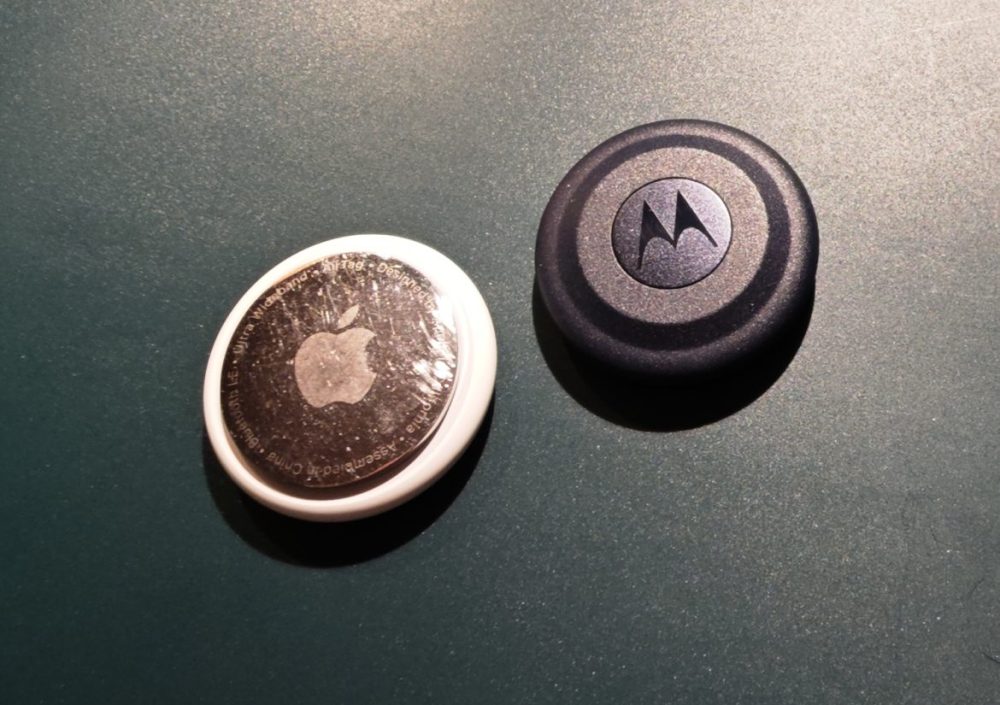
A distinguishing feature of the Moto Tag is a small button that can function as a remote shutter for a mobile device’s camera. This feature performed correctly when the Moto Tag was paired with the Motorola Razr 40 Ultra. However, it did not respond when tested with the Xiaomi 14 Ultra.
The button can also trigger a sound on the user’s phone, useful for locating a misplaced device within close proximity. This is similar to how an Apple Watch can locate both headphones and a phone. All settings are configured within the dedicated Moto Tag application, which is readily available for download on all Android devices. Attentive readers will notice an option to share the tag’s location in the screenshots below. Initially, there was hope that location sharing with iOS devices might be possible, but this proved not to be the case.
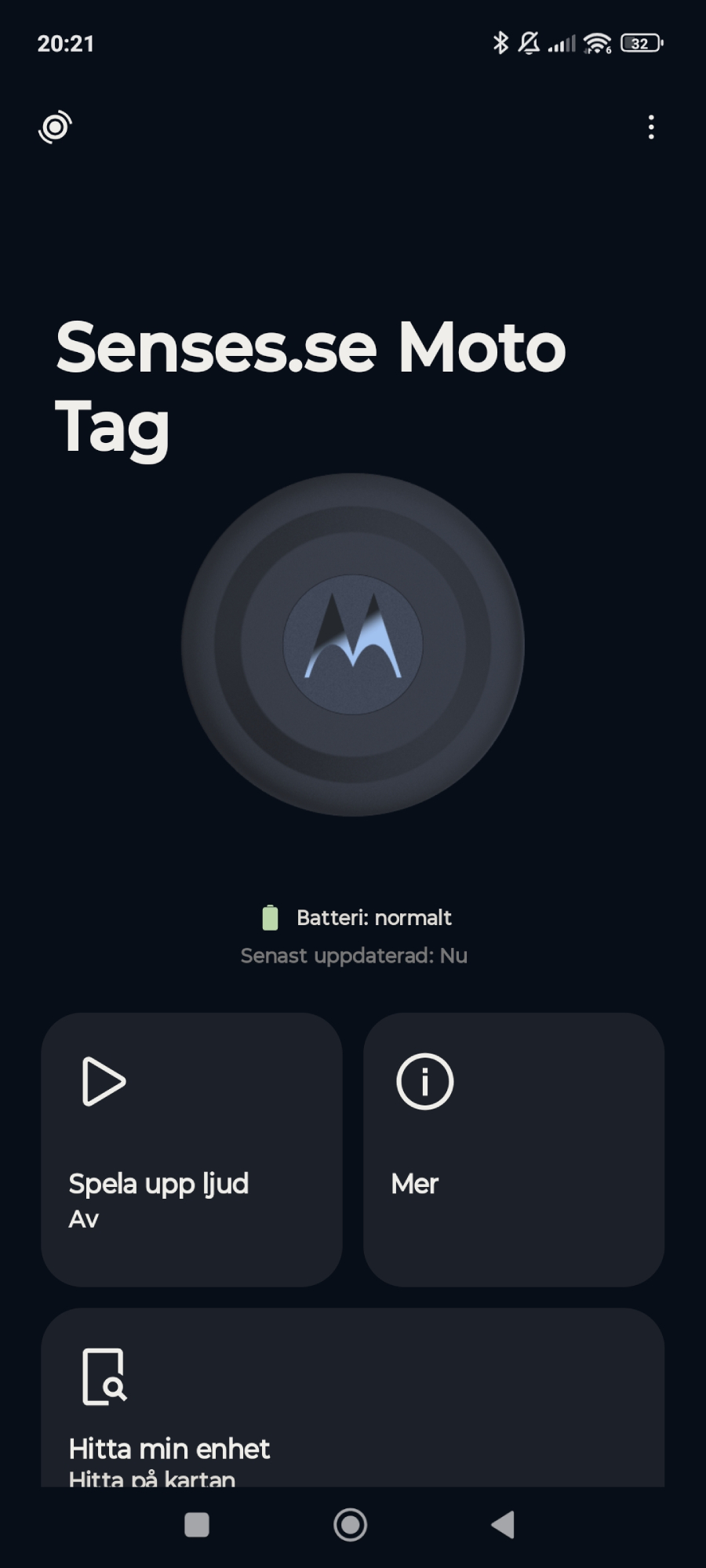
(Photo: Motorola)
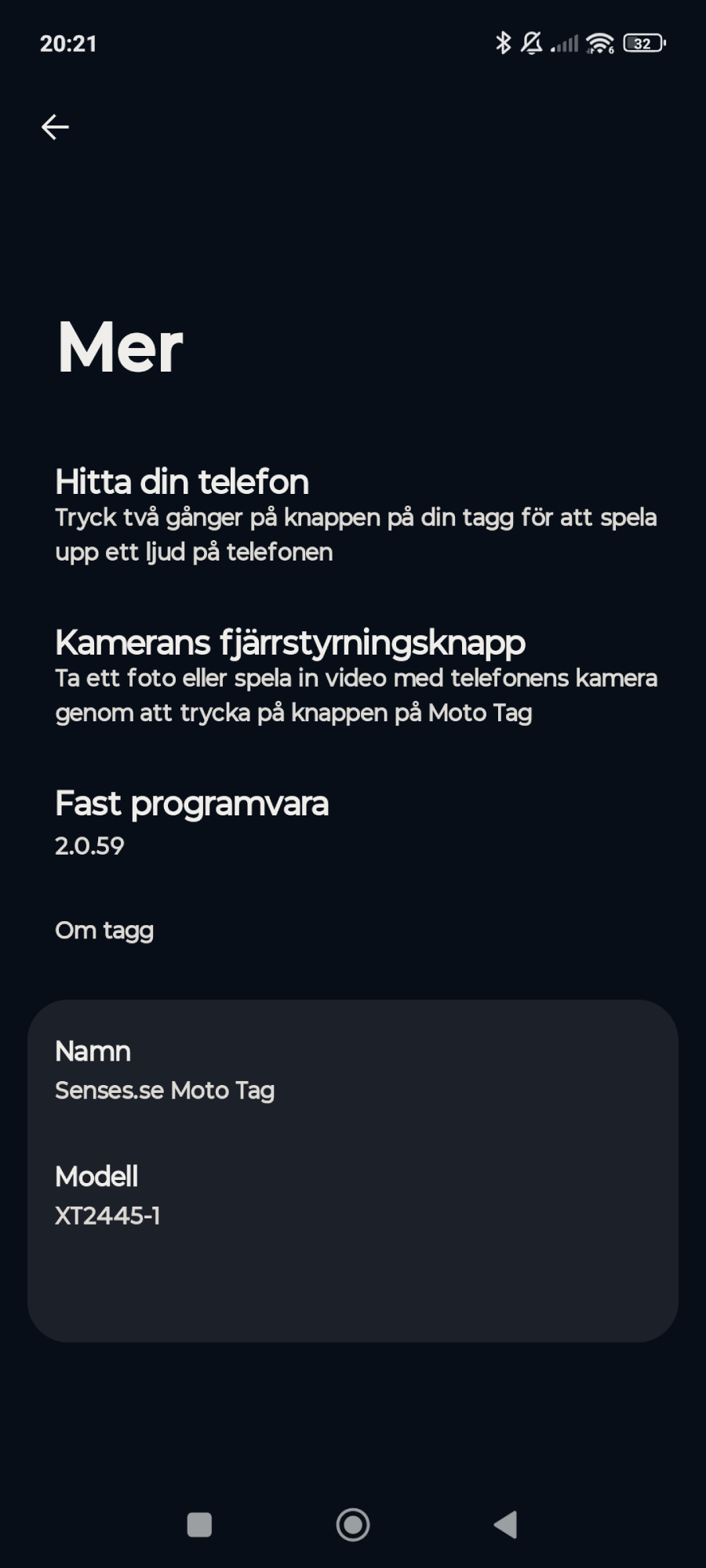
(Photo: Motorola)
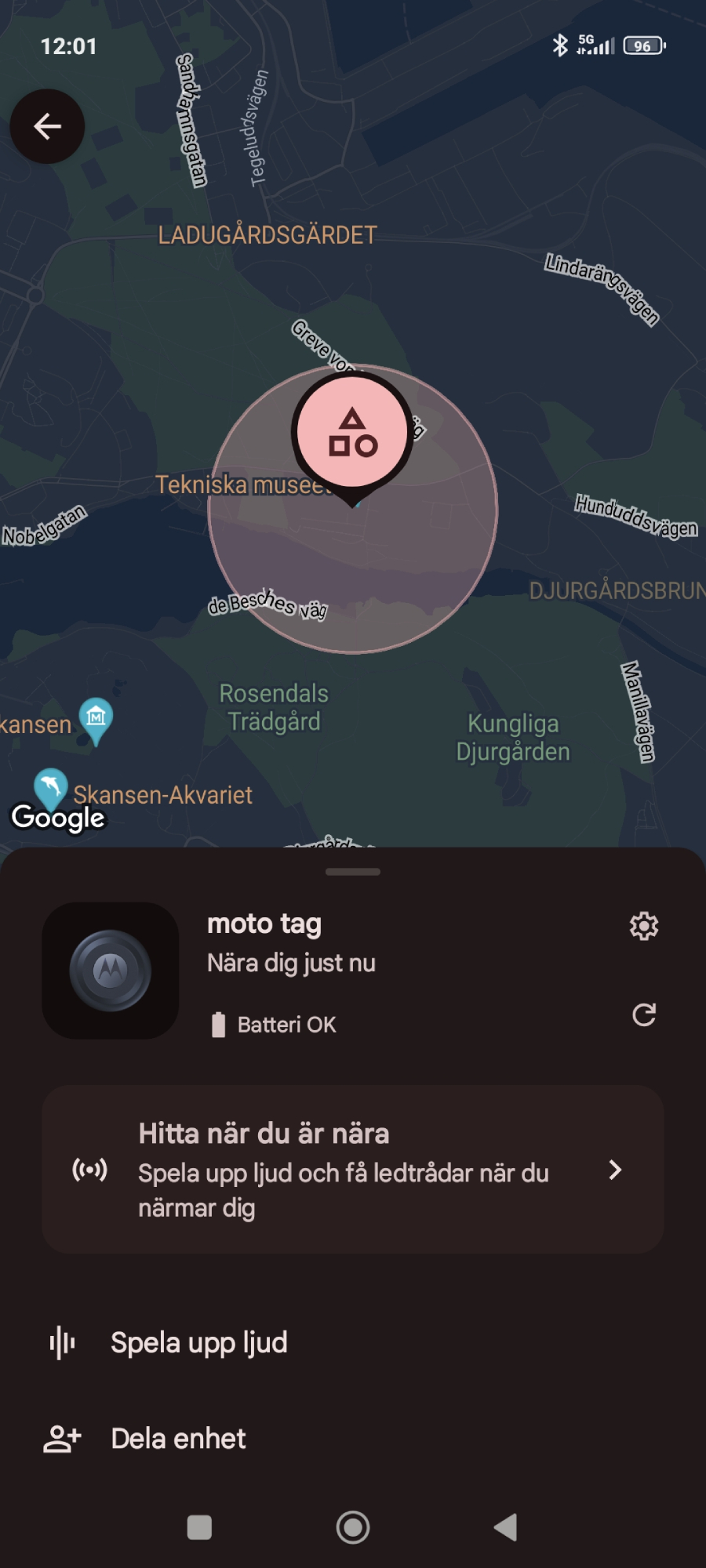
(Photo: Motorola)
A particularly valuable feature is the user-replaceable CR2032 battery, readily available at most grocery stores. The replacement process takes only a few minutes. Motorola estimates a battery life of approximately one year, a claim that we have not yet been able to verify.
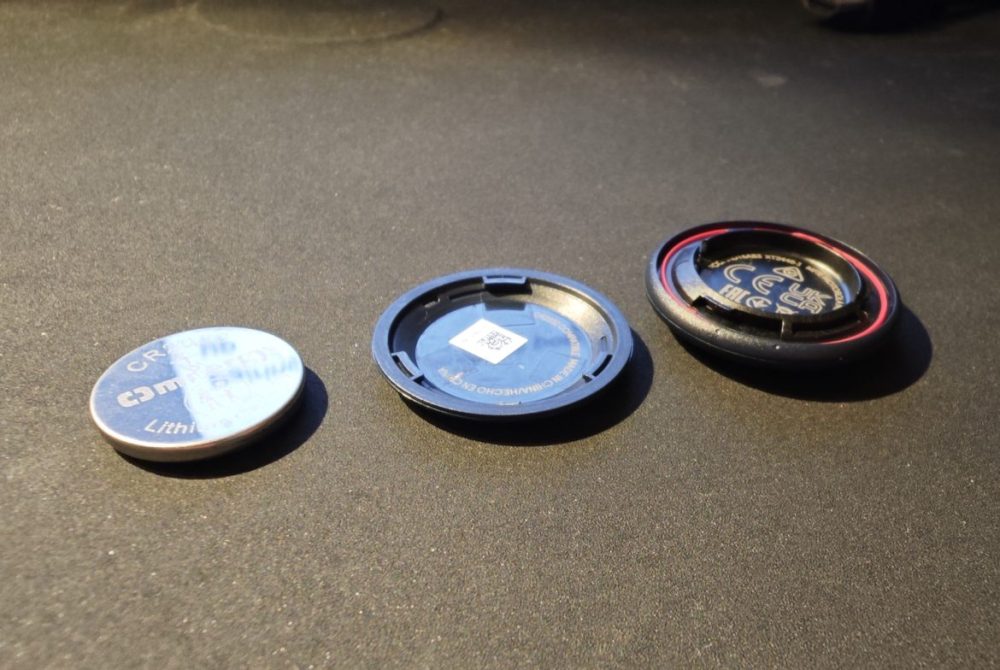
The Motorola Moto Tag also circumvents Apple’s requirement for the mobile device’s camera to be active when searching for an AirTag at close range. The rationale for this requirement is unclear, especially given that the phone should ideally use Bluetooth signal strength rather than camera input. However, this issue is avoided with the Motorola Moto Tag.
We recall that upon the Moto Tag’s initial launch, Motorola alluded to functionality enabling users to control their phone’s behavior based on the placement of multiple tags around the home (e.g., automatically setting the phone to silent mode in the bedroom after 10:00 PM). However, despite extensive searching, we have been unable to locate any such features. We remain hopeful that this functionality is under development, as it would significantly enhance the Moto Tag’s utility.
Conclusion Motorola Mototag
The Moto Tag’s primary advantages include its compatibility with all Android models, the button’s versatile functionality, and the ease of battery replacement. Priced at 350 kronor for a single tag and 1,500 kronor for a set of four, the Moto Tag’s cost is comparable to that of an AirTag. For Android users seeking a tracking tag, the Moto Tag presents a viable option, particularly if UWB integration is fully realized.
Motorola provided review samples for this test. The provision of review materials does not influence our editorial independence. We remain committed to providing unbiased reviews focused on the needs of our readers and consumers.

